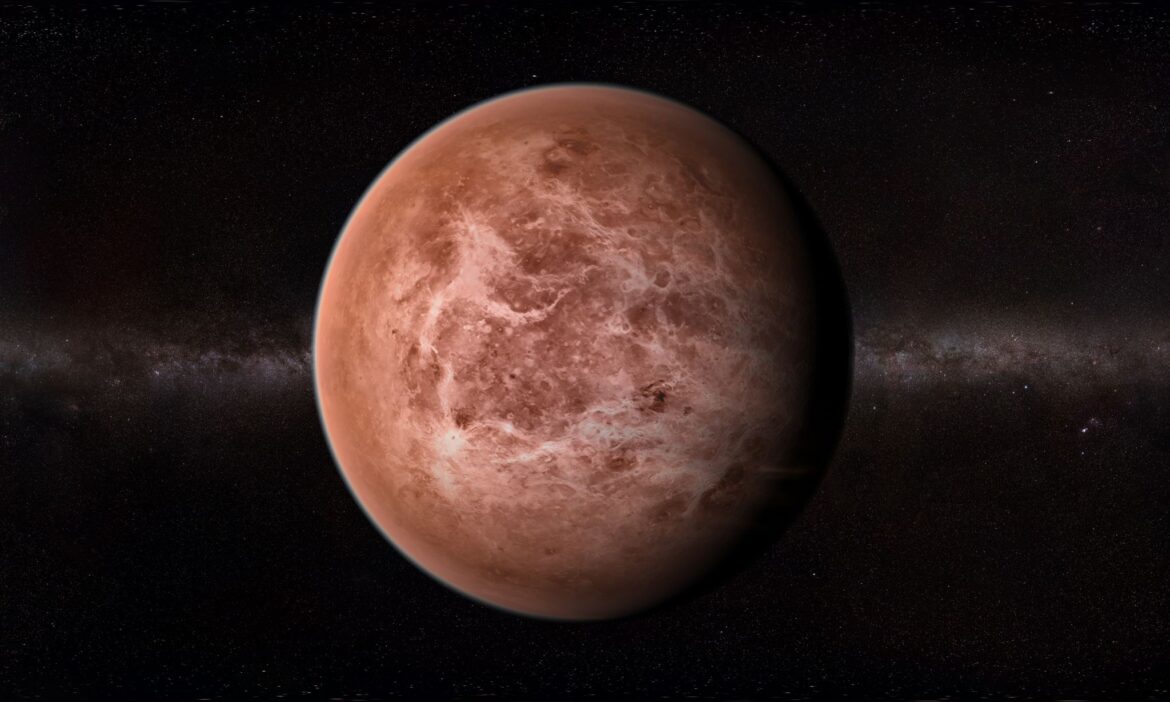1.1K
Venus has lit the way for many as the star of the morning and evening. But the glow does not come from it, for the planet is illuminated by the Sun.
Venus: morning and evening star at the same time
Venus is often called the “morning star” or the “evening star” depending on whether it appears in the sky before sunrise in the east or after sunset in the west. This phenomenon is due to Venus’ relative position to the Sun and the Earth.
- Morning Star: When Venus is in its inner orbit and between the Earth and the Sun, it can be seen near the Sun in the morning sky as seen from Earth. Since it is always slightly ahead of the Sun, it rises in the east before sunrise and shines brightly in the sky.
- Evening Star: When Venus is in its inner orbit but beyond the Sun as viewed from Earth, it stands near the Sun in the western sky at dusk. In this position, Venus appears as the evening star and is visible after sunset.
More info about the planet
Venus is actually the second innermost planet in our solar system and is located between the Sun and Earth. It is named after the Roman god of love and beauty.
- Size and mass: Venus has a diameter of about 12,104 kilometres, which is slightly smaller than Earth. In terms of mass, it is slightly lighter than our home planet.
- Atmosphere: Venus’ atmosphere consists mainly of carbon dioxide (about 96.5%) and also contains nitrogen and traces of sulphur dioxide and water vapour. This dense atmosphere leads to an extreme greenhouse effect, raising surface temperatures to about 465 degrees Celsius. It is also interesting to note that Venus’ atmosphere rotates much faster than the planet itself. This phenomenon is also called super rotation.
- Surface: Venus is mostly covered by volcanic terrain, including plains, mountains and craters. The surface also has extensive lava fields and mountain ranges. It also has a large number of volcanoes and volcanic structures on its surface. Some of the volcanoes are huge and among the largest in the solar system.
- Magellan mission: To learn more about Venus, NASA launched the Magellan spacecraft in the 1990s, which mapped the planet’s surface with radar. Thanks to this mission, we have detailed maps of almost 98% of Venus’ surface. In general, space missions on Venus are rather difficult due to the extreme atmosphere and surface temperature.

